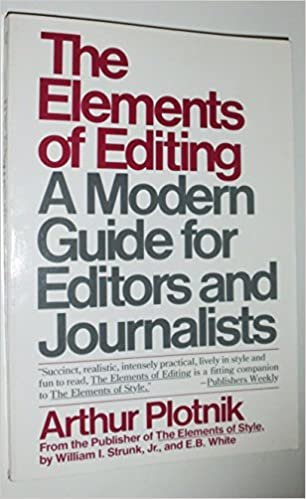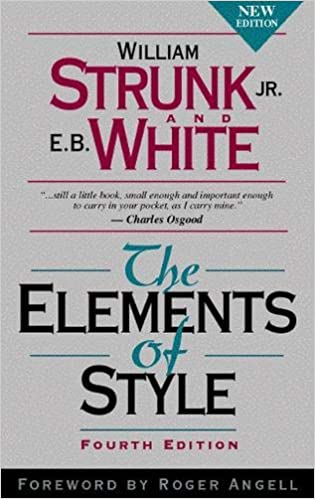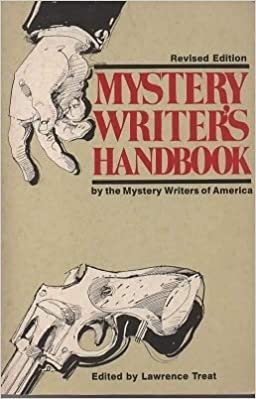This gem is must reading for any authors, wannabes, and students of writing. Probably because I agree with 99% of it (I question some of the examples).
First, it’s a guidebook to getting past editors’ and publishers’ bullsh?t meter. I stress getting the opening correct when talking with writers and few get the message. Read this book and if you still don’t get the message, get out of the game.
Second, I learned from it (sometimes painfully). Some of Parrish’s suggestions caught me in an “Oy. I do that” and I had to ballup to my own inadequacies. Never fun, always necessary, definitely joyful when I realize the lesson’s stuck.
Third, I earmarked and highlighted the book to death. I haven’t commented on a writing guide in quite a while and this one is definitely worthy.
Give it a read if you’re an author, writer, wannabe, writing student, and learn!
Greetings! I’m your friendly, neighborhood Threshold Guardian. This is a protected post. Protected posts in the My Work, Marketing, and StoryCrafting categories require a subscription (starting at 1$US/month) to access. Protected posts outside those categories require a General (free) membership.
Members and Subscribers can LogIn. Non members can join. Non-protected posts (there are several) are available to everyone.
Want to learn more about why I use a subscription model? Read More ch-ch-ch-ch-Changes Enjoy!



